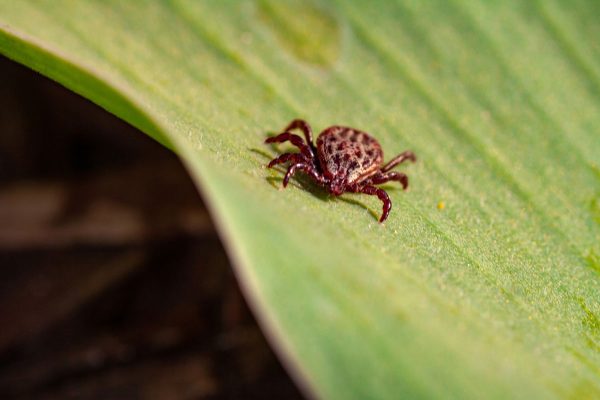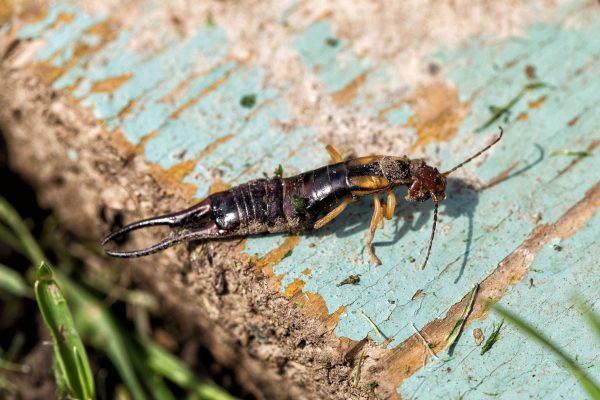Stink bugs are called as such because they release an undesirable odor when you crush them. They have a green and brown body, so if you've spotted stink bugs hanging around your garden, you're probably worried that they may be chewing your plants and ruining your garden--and we're here to give you the answer.
Stink bugs are known as "plant feeders," so they like to chew on leafy greens and stems. They make fruits unfit to eat, and they carve an entryway to let other insects infest the fruit's flesh. Just like most insects, they carry diseases that can compromise your space.
Because of their adverse effects on your surroundings, stink bugs should be considered detrimental pests and need to be eliminated. However, you first need to know them so you'll know vwhat to do when they infest your garden or indoor plants. If you want to learn more, keep reading below.
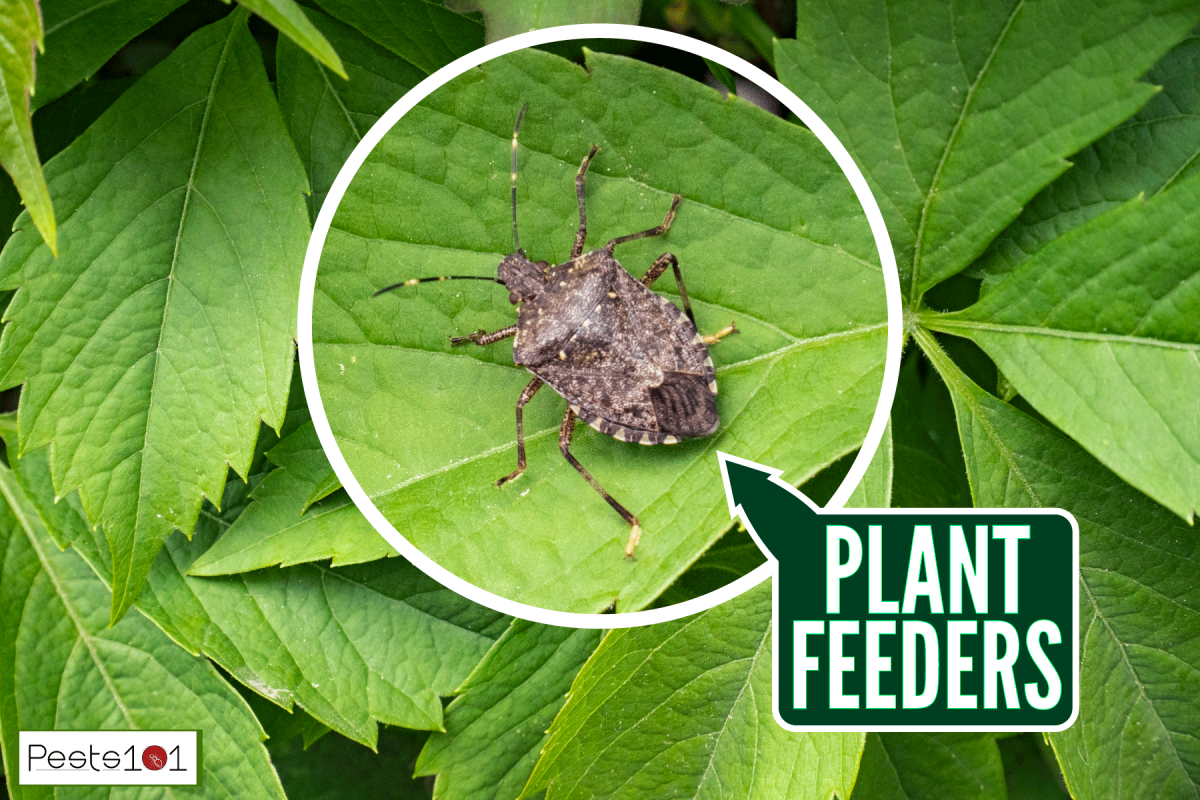
Where Do Stink Bugs Come From?
Brown stink bugs, those that are often seen in the US, are native to China, Japan, Korean, and Taiwan. After several years, they have managed to spread out across the US, frequenting warmer places and infesting warm houses during the cold season.
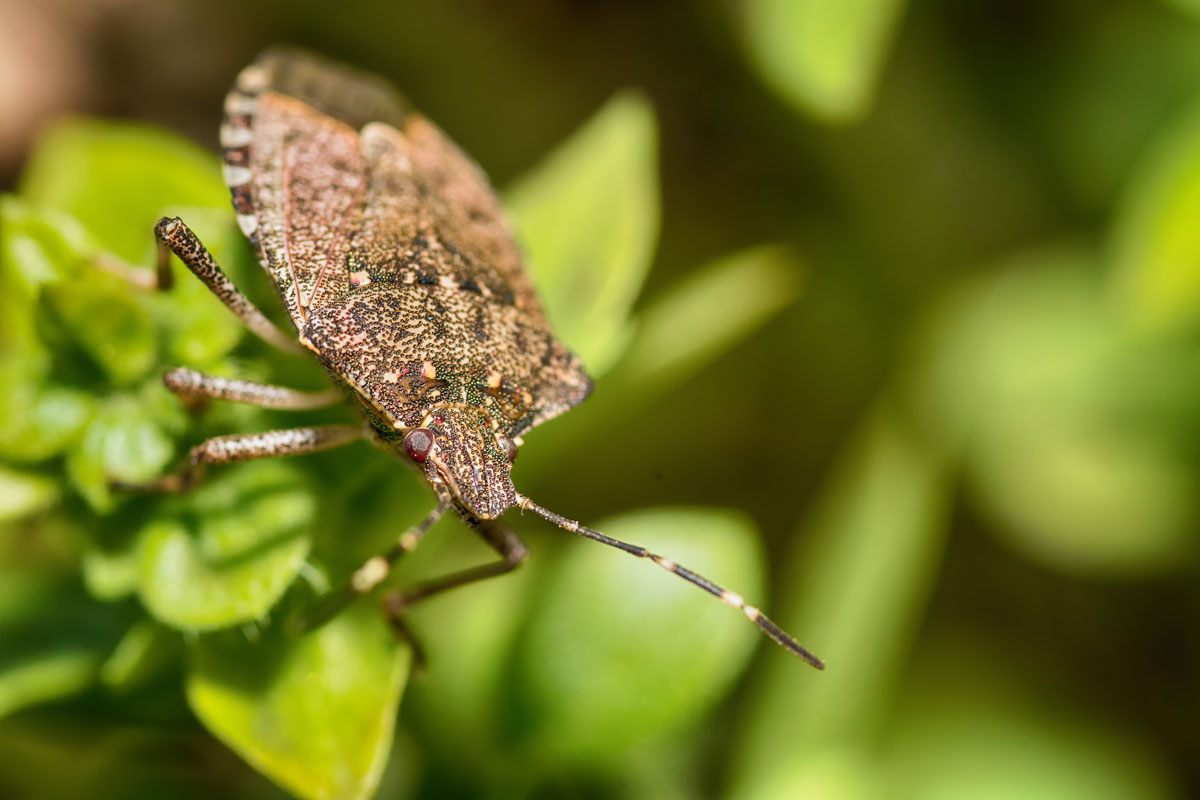
During the cold season, stink bugs go through a period called diapause where they become inactive. During a diapause, their development is put on pause as a survival method. This is because plant life is usually frozen or wilted, and stink bugs would have nothing to eat.
When they go through the diapause, they may enter homes with cracked windows and unsealed walls that have enough heat to sustain them until the cold season passes. The environment would let them stay alive, and it's even better if they find indoor plants they can eat.
They also frequent spaces that have a scent trail left by the pheromones of other stink bugs, indicating that it is an ideal place to nest.
If you live on the east coast or the midwest, stink bug infestation may be one of your primary concerns since they frequent these parts often.
These bugs also like to stay in areas teeming with food, so they typically stay in green and rural spaces. If you have a rotting log or a rocky crevice, you may find them nesting in these spaces and chewing on the plants around the vicinity.
How do you prevent a stink bug infestation?
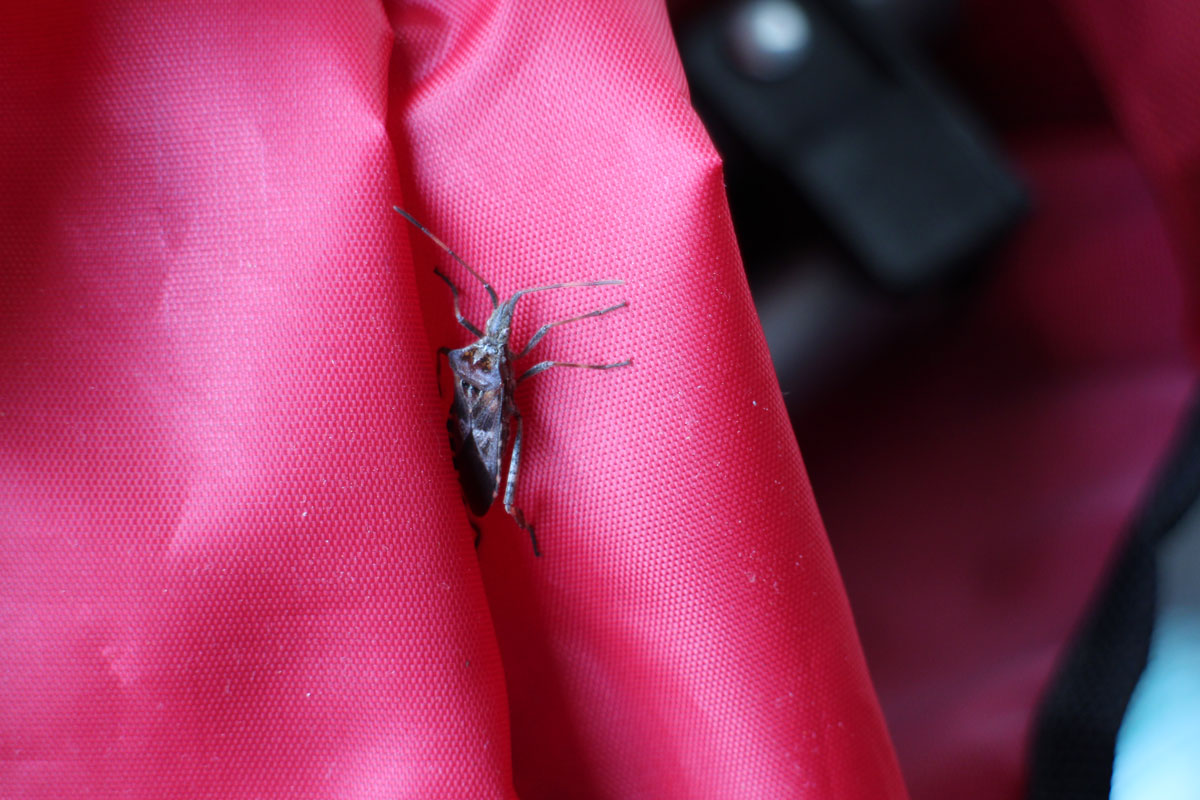
Pest-proofing the home is easier than trying to eliminate them. Stink bugs come in large numbers and they communicate via scent trails, so it's important to secure your home against these critters that can potentially bring diseases and ruin your indoor plants.
Here are ways you can prevent an infestation.
Secure Vulnuerable Points
Even the smallest openings can welcome sting bugs. Make sure you seal off potential entry points and caulk your windows, as well as utility pipes. For added protection, install screens on doors and windows as well.
Utilize Decoy Plants
Planting decoy plants is a method typically used on large farms, but you can apply this in your home, too. Plant a decoy plant to attract the stink bugs, then before they have the chance to go to the real plants, toss the entire thing into a garbage bag and place it under the sun.
This will effectively eliminate the stink bugs without the use of chemical pesticides, but you need to be fast so they won't get to your real crops.
The decoys you can use are sweet corn plants, okra, sunflower, and mustard.
Reduce Moisture
Invest in dehumidifying devices around your home to prevent not only stink bugs but other pests from seeing your home as an ideal environment. Also, check if there are leaking pipes that make certain areas damp and repair them immediately.
How do you eliminate stink bugs?
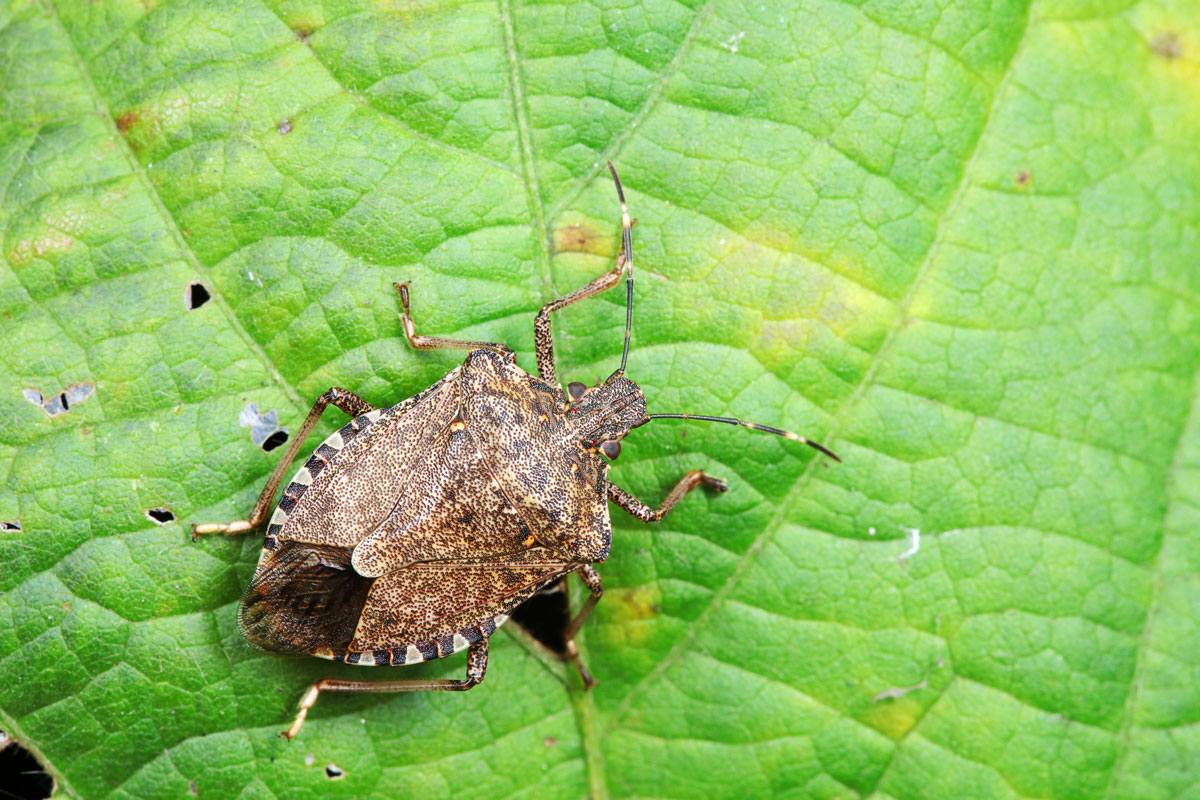
If you've found yourself with a major stink bug infestation, call pest control services immediately since they can ensure that there will be no traces left of stink bugs. However, if it's a manageable infestation, you can utilize natural or chemical pesticides to treat infested areas.
Here are techniques you can apply when stink bugs start to destroy your plants.
Spray Essential Oils on High-traffic Zones
This is ideal if you want to keep your house smelling good and, at the same time, discourage stink bugs from further nesting in your space. Simply mix 10 drops of essential oil with 16 ounces of water and put it on a spray bottle.
Spray the essential oil on windows and small openings. Essential oil is toxic to insects, especially bugs, so this can be an effective albeit temporary method. You will still need to seal off cracks and caulk windows to prevent another infestation.
See this essential oil on Amazon.
Sprinkle Diatomaceous Earth
Diatomaceous earth is dehydrating to pests and is extremely beneficial for indoor plants. Since they were extracted from a lake bed, they are an earth-friendly material that can effectively kill harmful critters.
This material breaks down the protective shell of stink bugs, causing them to dehydrate and die. Sprinkle this on your plants as both a protective measure and as a fertilizer conditioner. You can also sprinkle this on entryways to discourage other bugs from entering your home.
See this Diatomaceous Earth on Amazon.
Hang Dryer Sheets
The scent of dryer sheets drives stink bugs away. The material contains linalool which is found in pest-repelling plants. You can hang this on the entryway, or you can simply rub them on your screens.
Why do stink bugs smell bad?
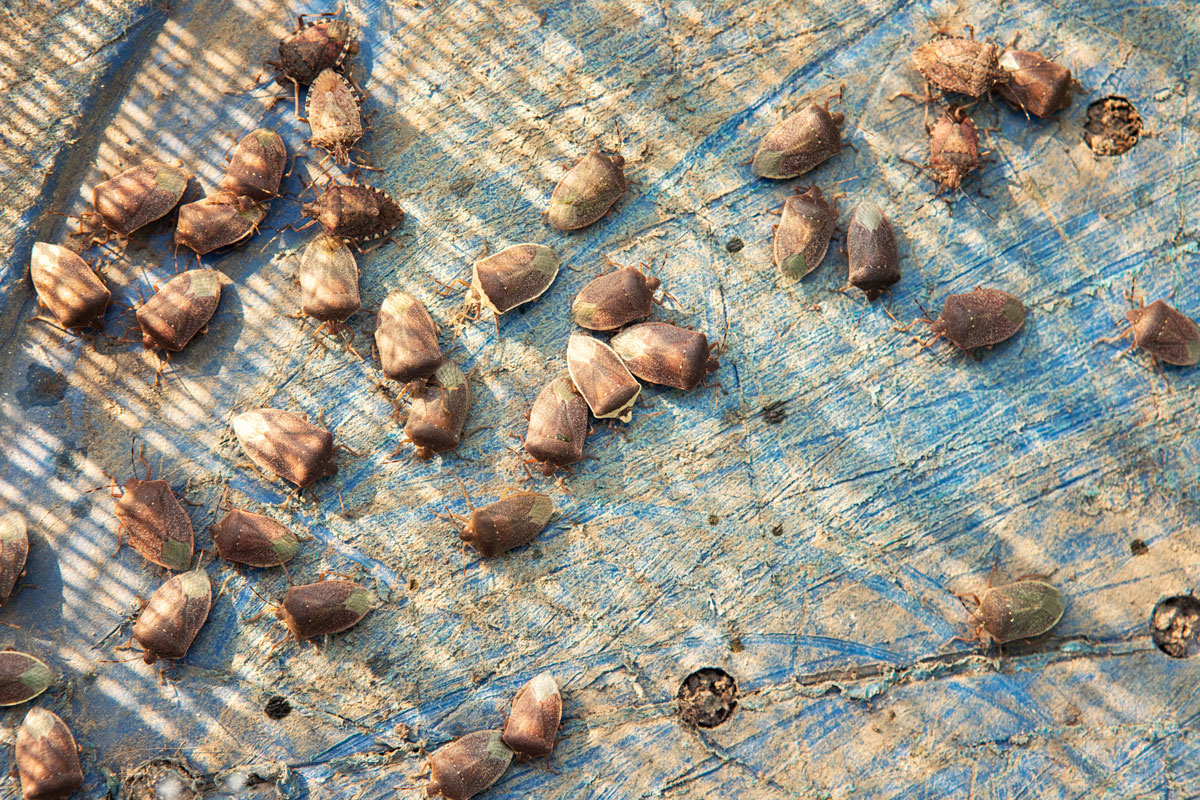
The odor they release when they are under threat is a survival instinct to drive away predators such as birds and fish. The smell can spread for up to several inches, potentially giving them enough time to escape their predator.
When you crush them, the chemical is released from the top of their abdomen. This is the reason why it smells bad when you swat them.
Stink bugs release their odor from their evapotarium. The shape is designed to immediately release and spread the odor quickly to increase their chances of surviving.
The smell of stink bugs doesn't have a specific smell, and they differ in the species. Some people detect the scent of sour, fermenting apples, while some smell a spicy, acrid odor. Others describe the smell as being similar to a skunk, or a burnt tire.
This makes it easier to detect them since their fear can either be real or perceived.
An advantage of this is you can immediately address the infestation, but the downside is that you are exposed to the bad smell.
What do stink bugs eat?
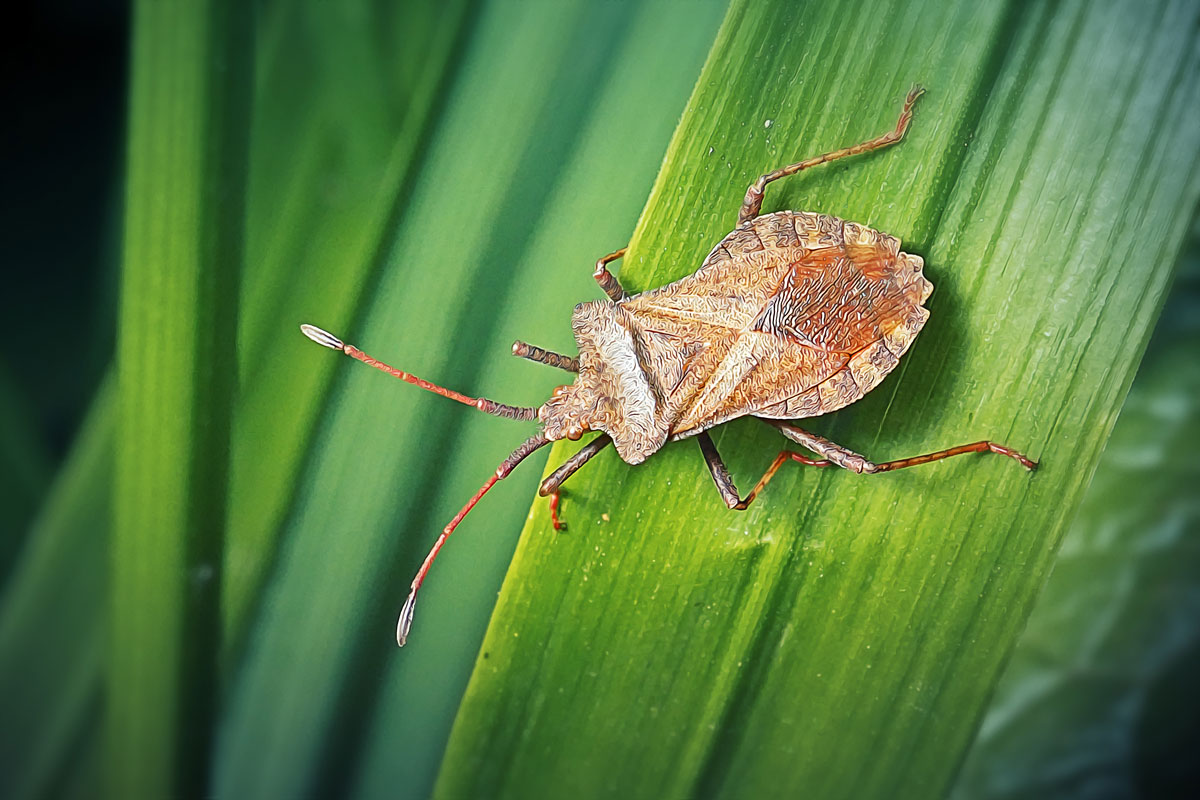
Younger stink bugs generally eat greens such as weeds or grasses. As they grow, they start developing an appetite for produce such as apples, beans, pecans; sorghum, and cotton.
They feed on tree leaves, ornamental and indoor plants such as eastern redbud, and flowering plants. Stink bugs will eat whatever is available as long as it's a plant or crop, making them both a nuisance and a danger.
Although most species of stink bugs can be considered herbivores, predatory species of stink bugs also prey on other insects.
These predatory bugs eat developing insects, potentially reducing pests in your backyard. This can be beneficial in some way, as long as they don't harm plants--which is rare and can still be risky.
Are stink bugs attracted to light?
Stink bugs are attracted to light, so make sure to turn off porch lights during the warm season to prevent an infestation. However, you can use this against them too.
Turn off all the lights in your home and light a lamp. Let the stink bugs swarm to that particular source of light, then lead them away from your property or near something that is toxic to them, such as diatomaceous earth.
While broad-spectrum bulbs attract bugs, LED lights rarely do, so you can replace your lights with them during their peak season.
Final Thoughts
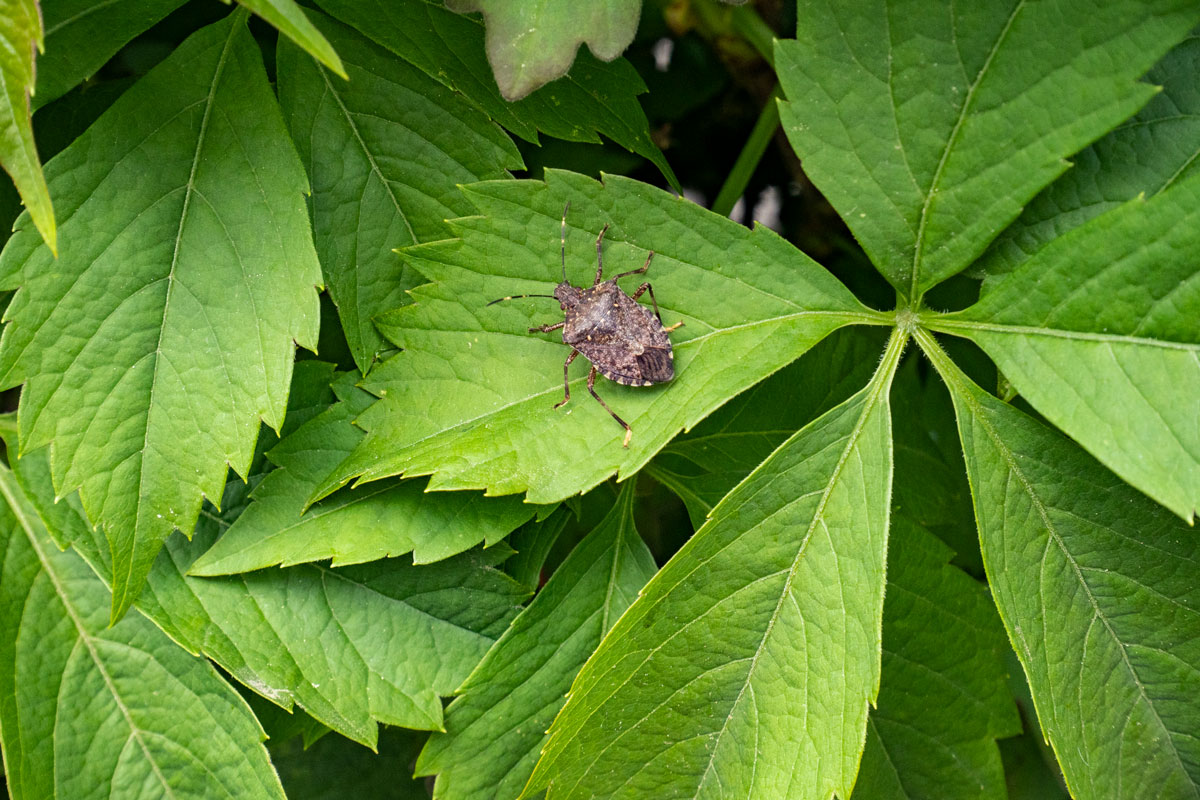
Preventing a stink bug infestation requires hard work, especially if you've been living in a warm place for a long time where your house may have started to form cracks or have weaker caulking.
This is why maintenance is important, as well as implementing a system that will effectively eliminate them should they manage to enter your house.
Gardens will always be vulnerable to them, so make sure to regularly apply natural pesticides to keep your plants thriving.
If you enjoyed this article, check out "Does Tent Fumigation Kill Subterranean Termites?" or "Can You Mix Sevin Dust With Water? [And How To]"



